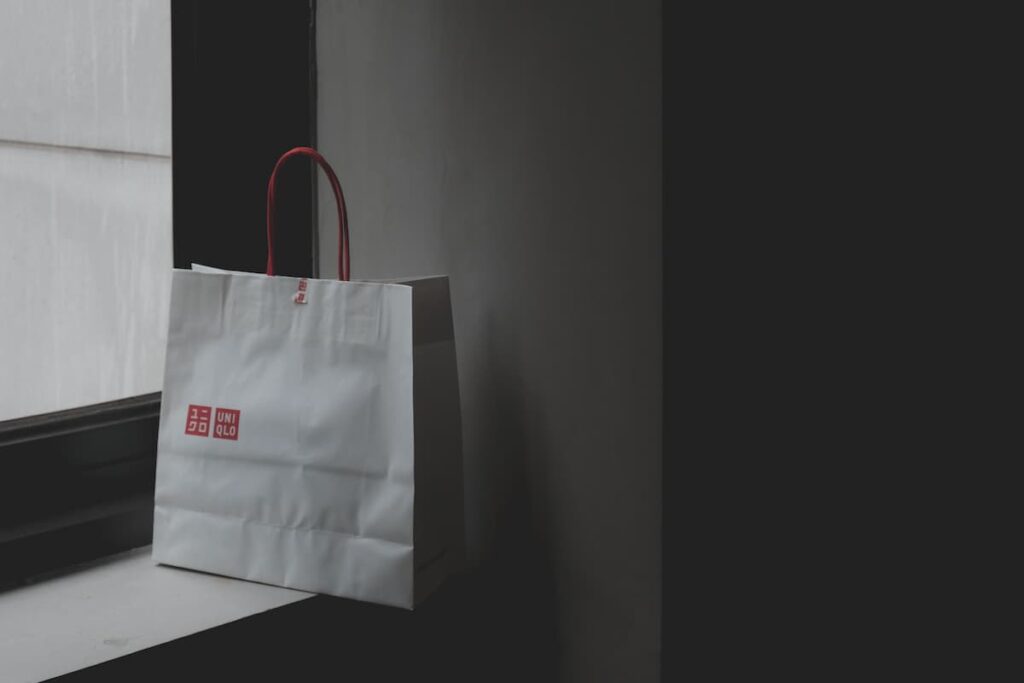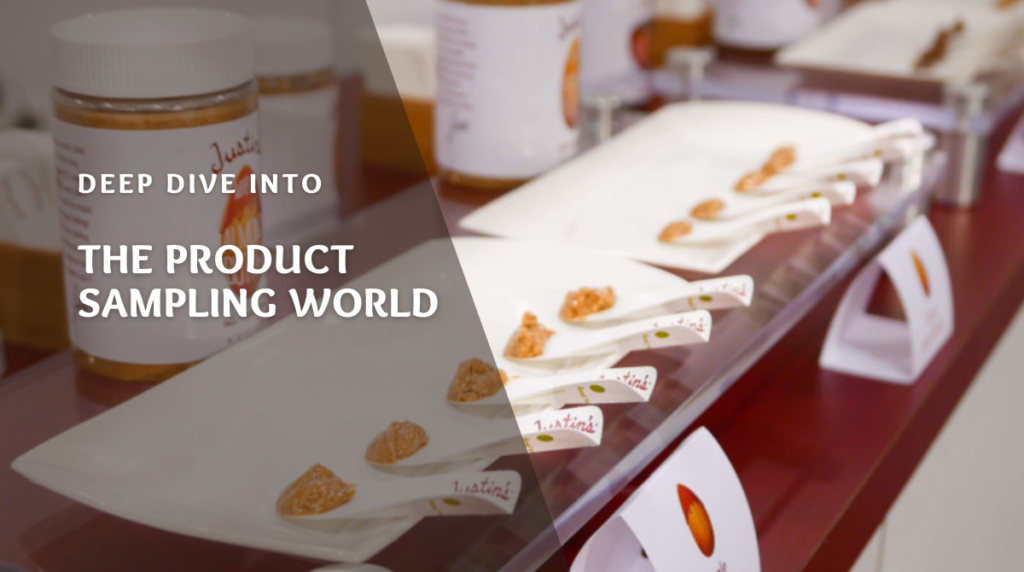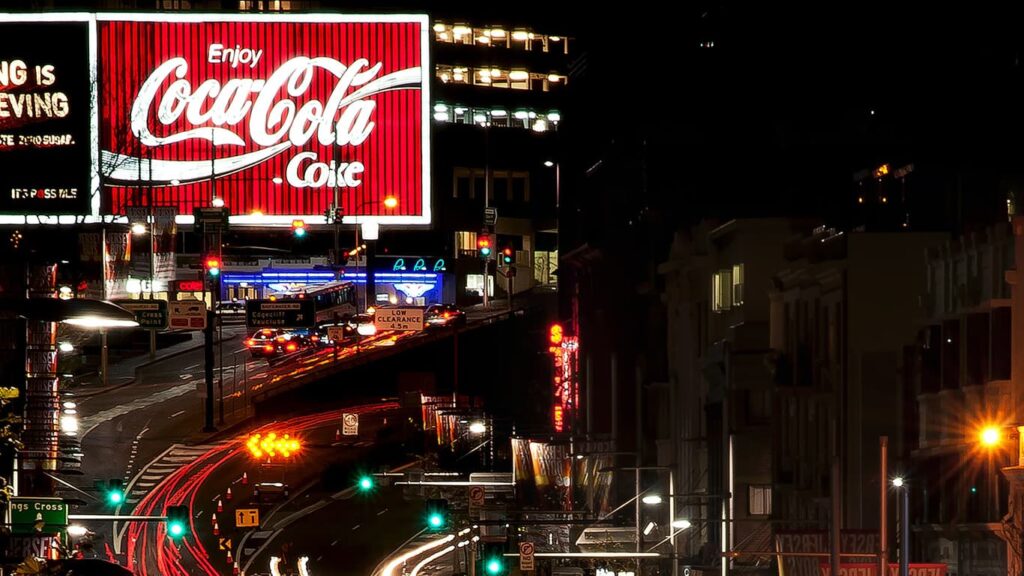Brand activation refers to providing a unique, memorable experience to increase brand awareness. Studies show that people need five to seven impressions to remember a brand. A successful brand activation provides a multi-touch brand experience with several interactive and surprising elements, which helps make the process more memorable.
Brand activation can be an event or a product sampling campaign using online solutions. It highly depends on the brand and its products and services. Brand activation aims to attract more loyal customers and provide a lasting brand experience for the audience or participants.
This article will cover the basics of brand activation. Keep reading to learn more.
What is Brand Activation?
If you're looking for a brand activation definition, look no further! In simple words, brand activation is what you do to make people aware of your brand through experiences or engagements. It's what you do to make your brand more memorable.
A unique brand experience can happen in a grand, fashion-like event in an expensive hotel or restaurant or in a more target-based way by simply sending the right samples to the right people.
Brand activation highly relies on elements of surprise and creativity.
In a brand activation campaign, creative ideas provide a multi-touch brand experience to connect a new local or even online brand to its target audience.
Brand activation comes in handy when running a new line of products or launching a new business, and it always requires a unique interactive experience to attract loyal customers.
Many brands take advantage of brand activation campaigns to differentiate themselves from their competitors, using different methods from in-store or virtual events to influencer marketing and product sampling and giveaways.
In most cases, a brand activation event is like a party where people have fun and enjoy sharing their ideas and experiences with the brand.
Brand activation participants often interact with the brand or its products or services during the event and, in most cases, enjoy receiving free samples and gifts. Brand activation campaigns are usually singular events at a specific date, which makes them different from regular ongoing branding campaigns.
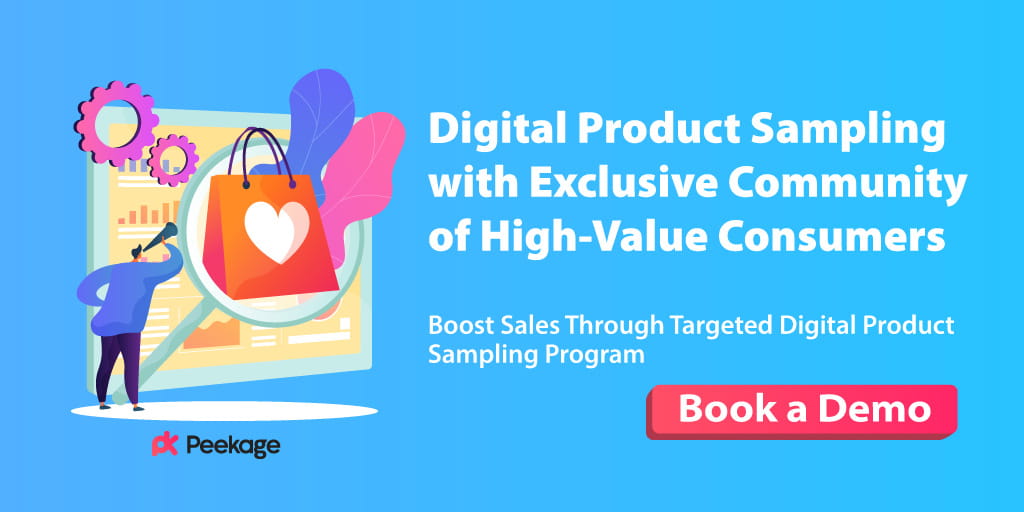
Related: The Ins and Outs Of Product Sampling Marketing: The Ultimate Guide To Enhancing Your Brand
Why is Brand Activation Important?
Brand activation is essential when a brand wants to build an everlasting image in its users' minds. There are many occasions that a brand might need to jog the memory of its users. Still, the most common circumstances include launching a new brand, launching a new line of products, rebranding, and in case of competition in the market.
Read more: A Simple Step-by-Step Guide for Brand Activation
Brand Activation Types
Depending on the size of the business and its target audience, several brand activation types are popular among new and established brands. Prestigious brands with large budgets often go to experimental marketing to showcase their creative interactive designs in concerts or festivals or increase brand awareness or launch a new product. In contrast, smaller brands usually opt for more cost-effective methods.
Experimental Marketing for Brand Activation
Well-known brands tend to use experimental marketing to connect face-to-face with their customers. Experimental marketing provides a multi-touch brand impression and a unique interactive experience with the brand or the product.
From adult-sized baby strollers offered by Contour to producing milkshakes in a square form and selling them only in exchange for Instagram posts by Sonic, experimental marketing is where creative brand-sponsored experiences happen.
In modern examples of experimental marketing, often a combination of online and offline brand activation campaigns can be seen.
From having an influencer in-store or at a party to online streaming, social media lives and giveaway campaigns, and even live contests. These solutions help brands achieve millions of global impressions.
Promotional Marketing for Brand Activation
New brands and startups try promotional marketing to attract customers or even tap into new markets through digital marketing apps and social media campaigns.
Running social media campaigns and various types of influencer marketing are some types of promotional marketing used by modern brands to achieve important brand activation goals.
Promotional marketing helps gain a loyal customer base that increases brand awareness through reward loyalty programs, free sample giveaways, contests, social media giveaways, special offers, etc.
Promotional marketing is basically a big umbrella for all other activities that result in the promotion of the brand.
Social Media Engagement for Brand Activation
Trendy social media networks have large numbers of users, and new brands use this capacity to achieve unimaginable goals during their brand activation campaigns.
Social media influencer campaigns are usually curated by brands that hand-pick a set of celebrities or influencers to their events, only to have them broadcasted to their network of followers and increase their brand awareness levels.
Social media influencers hold contests that ultimately end with a lot of user engagement, or sometimes brands offer their followers free samples or discount codes.
Read more: Partnering Social Media Marketing With Product Sampling
In-Store Retail Brand Activation
Public launch of local shops and stores of well-known brands is another situation that can showcase creative ideas and build surprising experiences.
Brands use the In-Store space to interact with their customers in unique and creative ways. Inviting a few well-known influencers to a shop opening increases public attention and impressions.
In-store social media interactions are another popular brand activation trend in which customers experience a singular brand experience.
Pop-up Store Brand Activation
In-store marketing provides several advantages that make it profitable for brands to run pop-up store brand activation campaigns. People find pop-up stores funny and surprising, and they are highly effective in engaging social media users.
From prestigious technology brands like Google to local tea and coffee beverage brands in various cities, pop-up stores are used to address the target audiences.
Some pop-up store brand activations take advantage of modern technology like robots and virtual reality experiences to attract more attention.
Sample distribution is common among pop-up store brand activation campaigns, and several types of local retailers use the space of public transportation stations to sell or distribute their products samples.
When you have something to sell to local people, one or several pop-up stores in busy places of the city is the best solution.
Product Sampling for Brand Activation
After the covid-19 pandemic, some types of product sampling, especially in beauty and skincare products, went through structural changes considering hygiene issues in shared in-store product samplings.
Today, individual ready-to-use product sampling is the most popular way to interact with a brand and its products among end consumers.
There are physical and digital solutions that help brands target the right people for product sampling and run a successful brand activation campaign.
The border between the types of brand activation is usually very fuzzy, as brand activation is as much art as it is science. A successful brand activation campaign is a combination of several types. Each brand needs its own unique style of brand activation.
Brand Activation Features
As we just covered, successful brand activations are unique experiences, but they all share some common features.
Some of the most effective brand activation features include these elements:
1- Surprise
Using shocking elements to attract the target audience is a common feature of all brand activation campaigns.
Many brands choose this feature to make themselves memorable, including Lipton tea company in London that erected a pop-up yellow water slide in the middle of the city one morning, or Google play by handing out cupcakes!
When you see elements that are out of order yet pleasant, your mind takes a note, creating a delightful brand experience.
2- Dreaming and Sharing
Designing a daydreaming experience that the target audience loves to share is another common feature in brand activation campaigns.
Brands need to know their target customers' desires and dreams to achieve the right customers and capture their attention.
Westworld series fans in 2018 enjoyed experiencing a real-life HBO event in Austin, Texas, in which over 40 "hosts" (actors in Westworld TV series) guided and entertained them.
Durango Boots brand achieved that by using El Diablo, a mechanical bull, that its target audience loves to ride and share the experience.
3- Giveaways
Most brand activation campaigns involve an exchange of free samples or products for user feedback.
Brands might choose different types of giveaways, from free samples to promotions, to connect to their target audience and keep them engaged yet entertained.
Brand activation experiences can be very different, yet all of them aim to increase brand awareness and interact with the target audience.
Why Do You Need Brand Activation?
Brand activation is useful for rebranding purposes, brand launches, or products/services releases. New brands need to show their difference with their thousands or at least hundreds of competitors to gain customer trust and achieve their branding objectives. Brands should engage their customers with their difference and values to succeed in competition, and brand activations are public demonstrations of these features. Opening a shop or local branch of a chain store, running a new line of products/services, or even rebuilding brand image and identity are some use cases of brand activation.
Several types of brand activations are not physical in which I explored various methods of virtual and individual brand experience design. Many well-known examples of brand activation events also take place on social media, from social media giveaways to various types of influencer marketing and running online contests. These marketing and branding activities are highly valuable among online users and are useful in increasing a brand's impressions and making an event viral.
Sample distribution is another type of brand activation for which online solutions are available that provide the chance to directly interact with the target audience using artificial intelligence algorithms. Providing a unique brand experience with sample distribution and free giveaways is a well-known type of brand activation to engage social media users.
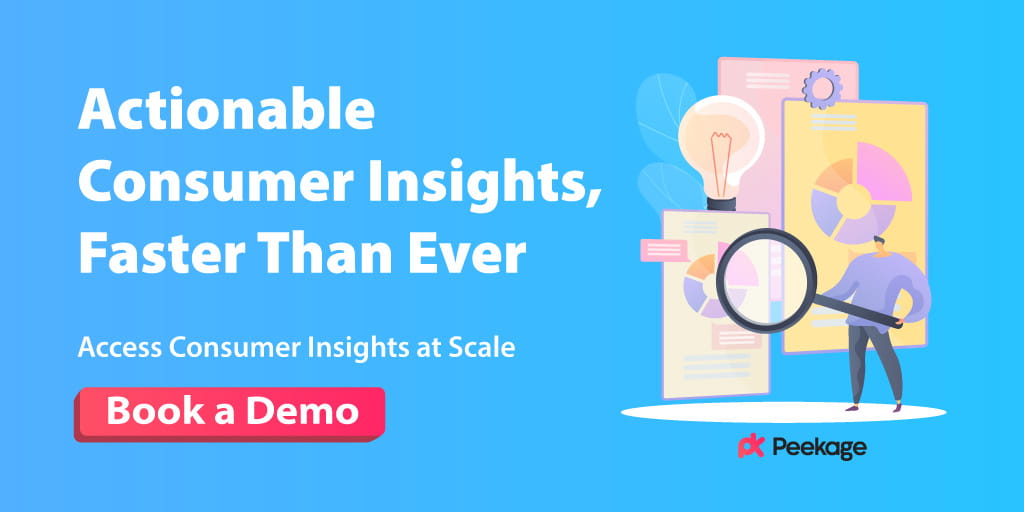
How can Peekage help with brand activation?
Peekage is a digital product sampling platform that increases brand awareness through targeted product exposure, insights, and streamlined feedback collection.
Peekage Targeting Engine makes sure the brands pick their desired group of consumers; therefore, they will not be wasting any resources. The targeting engine helps brands gain momentum within their desired community and makes the brand activation campaign more cost-effective.
Peekage's user-friendly mobile application provides a robust communication channel, introducing a multi-touch experience that is crucial in brand activation.
Peekage also offers powerful insights on consumers who use the free samples and analyzes their comments into a fully operable chart that brands can make decisions on. This way, brands can retarget their consumers for a future campaign at a much lower cost.
The bottom line is that Peekage can help your brand run a cost-effective and spot-on brand activation campaign, levering freebies. If you think this can help you, consult with our experts now. Talk to our experts.
Brand Activation Lets your brand stand out!
Brand activation is a type of branding that uses different interactive elements to engage customers and establish an emotional relationship that lasts for a long time. A successful brand activation campaign contains surprising and entertaining elements for participants that engage them differently.
Unique brand experiences and impressions offered in a brand activation often go viral on social media to boost brand awareness.
Pop-up store and product sampling campaigns are the main popular types of brand activation that local and global brands combine in singular events.
While the pop-up store is a trending experimental marketing solution for large brands, small and medium businesses enjoy the advantages of digital solutions to achieve a more suitable return of investment.
Key Takeaways
- Brand activation means making your brand more memorable for users.
- Brand activation marketing is a multi-touch campaign that offers a unique brand experience.
- Brand activations process can take place in the form of in-store or local events or in-home experiences of individual customers using product sampling solutions.
- Social media campaigns such as giveaways, lotteries, and online contests help brands increase brand awareness.
- Modern brand activation events often use social media and streaming platforms to increase brand awareness and use influencers for broadcasting.
- Pop-up Store campaigns are a trending and popular type of brand activation that are very effective.
- Product sampling solutions are cost-effective and more scalable than event-based brand activation campaigns.
- Individual brand activation experiences using product sampling solutions are trendy and popular after the covid-19 pandemic.
Resources
Hulten, B. (2011). Sensory marketing: the multi-sensory brand-experience concept. European business review.
Goldsmith, R. E., & Tsiotsou, R. H. (2012). Introduction to experiential marketing. Strategic marketing in tourism services, 207.
